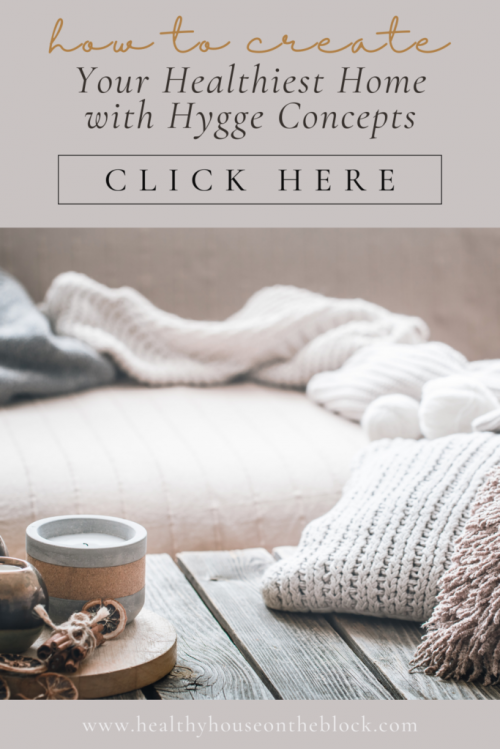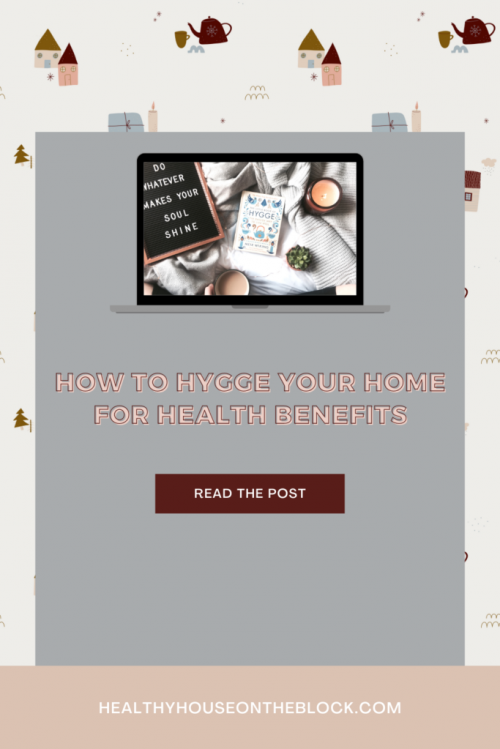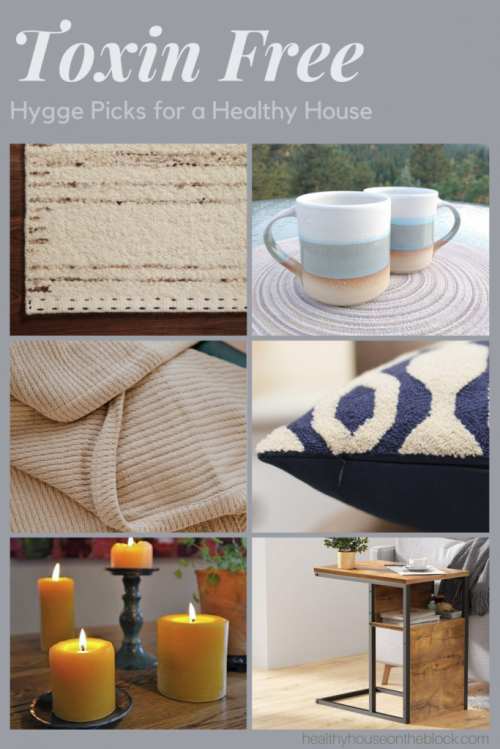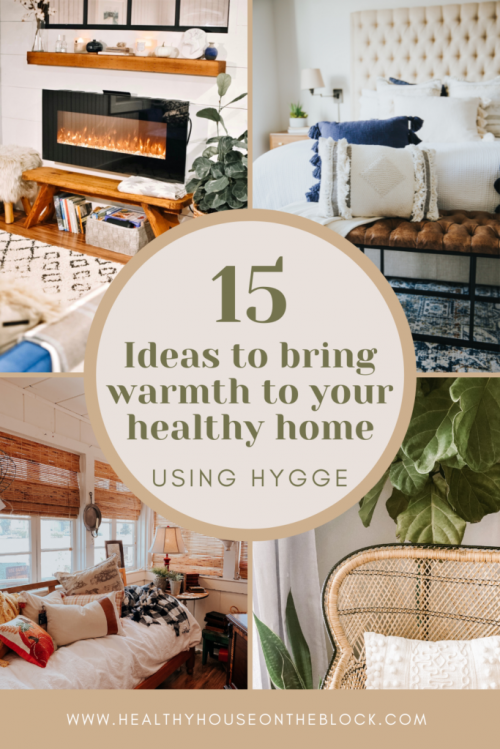
The word hygge is a Danish term that essentially means togetherness, comfort and well-being. Essentially, that good feeling you get when you’re both content and cozy in a space. Even before this term was around, I had always loved the style and concepts of my Norwegian roots. The simplistic style paired with cozy, comforting elements.
In Minnesota, you know that there are PLENTY of Scandinavian stores and shops that have all the elements of a hygge house. So to me this idea wasn’t that far off from a norm, but as I looked into what hygge was and how to incorporate it into my own home, I realized that there’s more to it than a few style choices.
I realized that hygge is not only a style, but more a way of life. It’s like creating your home to be an extension of the comfort and happiness inside. I think ultimately their hygge concept is one of simplicity and slowing down. Which in our world can be much easier said than done.
Hygge in a way goes a little hand in hand with minimalism. The only difference is that instead of creating a space based solely on functional elements, you are also creating a welcoming environment that focuses on meaningful elements.
The hygge concept can really help create a healthier space at home by incorporating a few of the key hygge practices and elements into your space. It’s a great way to enjoy your home during winter months when you’re spending more time indoors.
WHAT IS HYGGE
Hygge is really a space that makes you happy. It’s a term that reflects the idea of a cozy and welcoming space. I think really it means creating a space that you just want to “be” in. There are so many elements of the hygge concept that are very tactile and noticeable to our senses. Scents, visual elements, music, and soft textiles are all ways that we can help ourselves focus on the present moment.
I truly think that THIS is why the idea of hygge gets such praise — ultimately it helps us be present in the moment and in the space we’re in. It reminds us to enjoy our surroundings without worrying about the future or the past. Using our senses helps us to stay in the present, which is comforting.

Hygge is essentially creating a space that gives you a “hug” and makes you feel warm and cozy inside. I think one way that hygge can work for a healthy home as well is that many of the elements brought in are not only carefully and thoughtfully chosen, but many times they’re natural materials. Think natural wood, organic wool, ceramics, glass and cotton. These are the elements I often talk about and recommend.
Hygge is also keeping what is meaningful to you and removing anything that doesn’t feel inviting. I think we all know exactly what this means — we keep things in our home that have either no purpose or meaning. These items end up clutting our house, holding onto toxic dust and creating a space that doesn’t make us feel good.
Believe it or not, a home that is healthy also has to do with the feelings you have upon entering it. A space that contains very few toxins, has low humidity levels and a lot of fresh air, and is a space that makes you feel good inside, is the exact combination we’re looking for.

HEALTHY HYGGE CONCEPTS
Ambient & Natural Lighting: Bright overhead lights are a no-no when it comes to hygge homes. During the day, natural light from open shades is the perfect way to brighten your home. This was a selling point to me with our current home as I am a lover of natural light. I absolutely cannot get enough of it.
When it gets dark outside, which in the winter is much more, it means using ambient lighting, or lighting that has a soft glow and warm tint to it. Stay away from LED lights, light from electronics and bright lights, which often emit more dirty electricity and contribute to EMFs in our space.
Healthy lighting can be tricky sometimes. One thing to avoid is dimmers, although they give a cozy feel, they are notorious for producing large amounts of EMFs and EMRs in your space. An incandescent light bulb is best as it is the healthiest option, and it usually gives off that warm glow.
Neutral but Warm Palette: Keep walls painted a neutral color, but make sure it’s in a warm tone. Neutral colors often have fewer pigments and dyes within the paint, which means it’s actually a less toxic option than painting your room a bright or bold color. Zero VOC paint in a neutral color is the best option for a healthy space
A warm palette also incorporates a lot of natural wood elements. Choosing wood tones over materials like plastic or medium density fiberboard keeps VOC toxins like formaldehyde out of your space. Natural wood is not only a more beautiful option, but it is such a great way to ensure plastics and vinyls stay out of your spaces. Plastic toxins are a big contributor to endocrine disruption and can negatively affect the indoor environment of our homes.

Less is Better: While hygge is not exactly minimalism, it does embrace the idea that you should really focus on a few key items that bring you joy and comfort. I love this concept because honestly, I’ve come to realize that the more stuff you have, the more toxins you generally have. Very few things we bring into our home are completely toxin free, and so by keeping it to only the things we love, you can eliminate unnecessary toxins.
There other reason I love having fewer items in our spaces is that there are fewer places for dust to collect. And one thing we know about dust is that dust is filled with toxins
Fresh Air: Because hygge has so much to do with your home and how it feels, letting fresh air in on a regular basis is key. Not only does it make your home feel fresh, but it’s also a way that we can reduce toxins in our homes through natural ventilation. Toxins need a chance to escape our space regularly. In the same breath, our homes also need fresh air to dilute what’s left inside our home as far as toxins go. Bringing in fresh air on a regular basis throughout the day is the way to do this.
Natural Textiles: Natural textiles that meet some sort of third party standard such as GOTS or Okeo-Tex or certified organic are great textiles to bring into your space. Other fabrics and materials can not only bring in pesticides, but they can also bring in other toxins like flame retardants and PFOAs. 100% natural cotton, natural wool or a blend of linen is a great option for many homes.

IDEAS FOR YOUR OWN HOME
Natural Textiles: Using natural textiles like organic cotton, organic linen or organic wool are optimal for creating a truly low toxin home and one that is truly cozy and welcoming. Many natural textiles are a warm tone that is very inviting. It’s a great addition to natural wood elements of the home too, which can complement each other without adding toxins to your space. Think about upholstery, pillows, throws, rugs and window treatments that can all be low toxin, natural options.
Essential Oils: I love Plant Therapy for my oils and I diffuse them just about every day to create a calm and peaceful home. Their TerraFuse Diffuser is absolutely perfect, or if you like that soft glow, this is the diffuser I use in my own home. You can read all about essential oils in this post.
Salt Lamp: A while back I did a blog post all about the benefits of salt lamps in your home. They’re great for indoor air quality and reducing blue-tinted light. Plus, the soft light that has a red hue is PERFECT for a “hygg-ed up” space. This is the salt lamp that I have in my own home and absolutely love.
Get Rid of Excess Stuff: Keep only the things that truly have meaning in your space. It might be worth it use Marie Kondo’s method to do this. If something just isn’t bringing you joy, let it go. Keep things that make you feel good inside and things that create the natural and cozy feel that hygge is meant to evoke. You can download my declutter checklist to help you get started.

Houseplants: Adding house plants to your space is not only a great way to add natural elements that make your space happy and homey, but it’s alway a way to improve your indoor air just a little bit. Plants can be a great way to consume more natural herbs too. This post can help you determine which plant is best for each room of your home.
Game or Puzzle Area: As a puzzle nerd, I am all for creating a space in your house devoted to a puzzle. But I’m also a mom of a one year old, so I get that this just might not be feasible. If you can create a space that is inviting to play games or do puzzles, you create a space that is welcoming for more than just a little bit. It’s intended to be a space where you spend a lot of time. Etsy is a great resource for Puzzle Boards that you can add to the top of any table.
Bookshelves with Books: As a mom of two bookworms, and a lover of books myself, THIS has been an amazing addition to our home spaces. Keep a bookshelf with books of all kinds on it. We recently added this book about National Parks and both my daughters keep going back to it. Reference books, adult books, how-to books. Make it an eclectic mix meant for someone to get lost in. Keep a blanket nearby to get cozy too.

MY HEALTHY HOUSE HYGGE PICKS
Mugs:Handmade 100% Ceramic with Polished Finish
Blankets: Sea Pines Organic Cotton Throw Blanket
Rugs: GoodWeave Approved Loloi Roman Ivory Pebble Area Rug (use code HealthyHouse15 for discount)
Pillows: Boehm Embroidery Cotton Organic Pillow Cover
Natural Wood Side Table: Stackable Bamboo Side Tables
Beeswax Candles: BlueCorn Toxin Free Beeswax Candles

RESOURCES FOR HYGGE IDEAS



